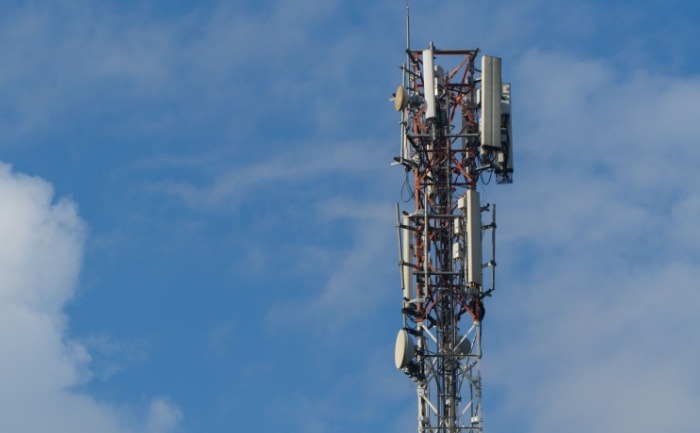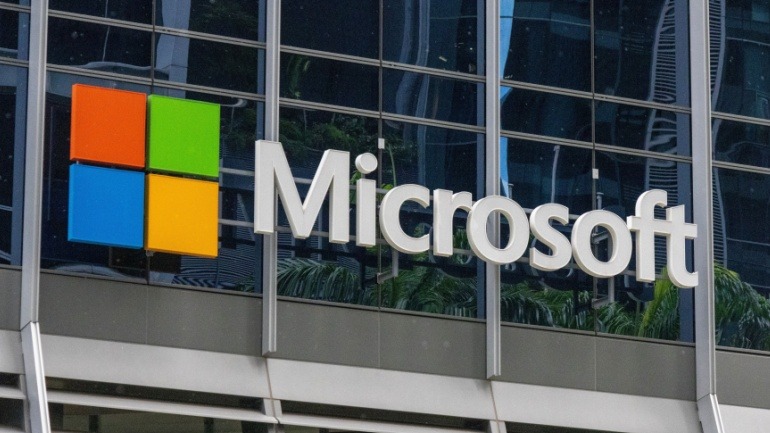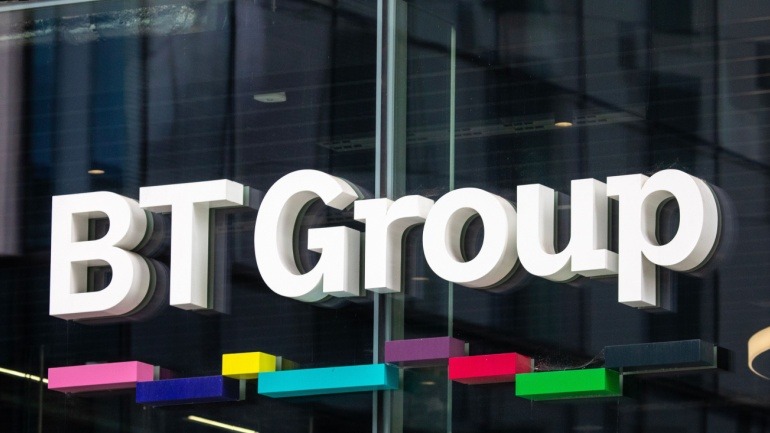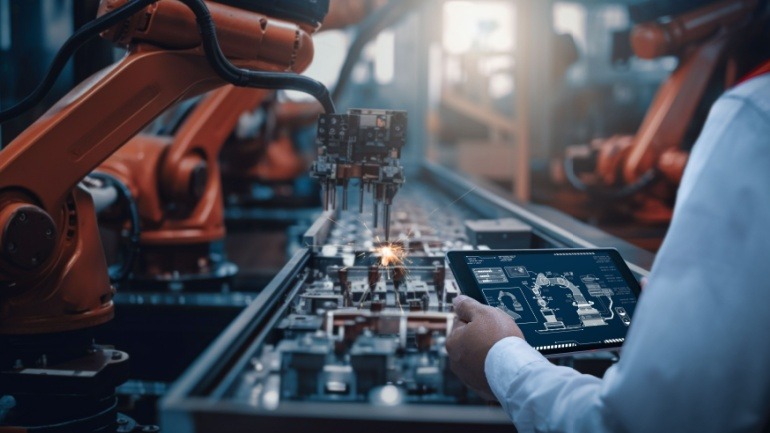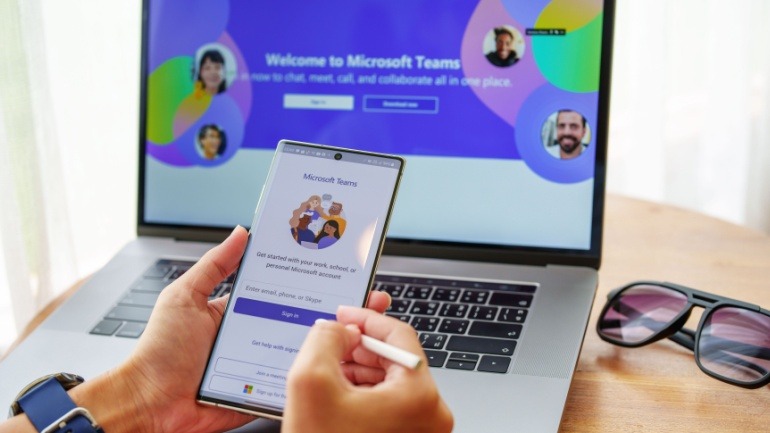The GSMA highlights a pressing need for more spectrum to enable 6G network expansion. By the mid-2030s, urban areas might require an additional 2-3 GHz in mid-band spectrum to support burgeoning demands driven by new technologies like extended reality and autonomous vehicles, as well as existing mobile services such as video streaming and gaming.
Microsoft’s Ignite 2025 reveals a strategic VoIP shift towards robust AI governance. With tools like Agent 365 and Entra Agent ID, Microsoft highlights the importance of security, compliance, and automation in today’s VoIP landscape. Businesses prioritize “AI-accountable” systems, ensuring risk management over fleeting features. Enhancing AI governance embodies Microsoft’s visionary approach.
As the telecom industry gears up for 2025, security investments take center stage, driven by rising cybersecurity threats like DDoS and malware. This trend is crucial for VoIP providers focused on protecting data privacy and ensuring robust communication systems. Despite significant investment pressures, prioritizing security alongside 5G advancements remains a top strategy.
BT is making significant strides in cost-saving initiatives, primarily through the strategic deployment of AI across its operations. This adoption is transforming BT’s efficiency, particularly in its BT Consumer division, by automating processes like customer care and marketing. As AI reshapes BT, the focus remains on maintaining service quality amid workforce reductions.
Axians UK has launched its new Observability as a Service (OaaS) solution, Theia, designed to revolutionize IT and Operational Technology visibility. By unifying data from various sources, Theia offers an integrated view, addressing common monitoring challenges faced by organizations. This platform empowers businesses with real-time insights, enhancing performance management and security, ensuring a seamless user experience across hybrid infrastructures.
Encountering an HTTP 524 error is a common challenge in the VoIP industry, signifying a timeout between a web server and reverse proxy, like Cloudflare. Efficient troubleshooting is paramount, particularly in optimizing server performance and leveraging load balancing and caching strategies to ensure uninterrupted VoIP services.
Cellhub has introduced the VOSIO™ x62 5G Dongle, promising a new era in mobile connectivity with enhanced security. Ideal for industries like healthcare and finance, this device offers peak speeds of 2.5Gbps without relying on Wi-Fi. Channel partners can capitalize by adding this innovative solution to their portfolios.
The integration of Microsoft Teams into the automotive industry has revolutionized communication and collaboration, especially for VoIP systems. Automakers leverage this platform to unify design engineers, sales managers, and technicians, dissolving traditional silos. By enhancing lead conversion and customer satisfaction, Microsoft Teams empowers rapid, data-driven decision-making throughout the automotive ecosystem.
In the evolving landscape of contact center security, BT’s innovative collaboration with Pindrop tackles the surge in voice fraud and deepfake threats head-on. By integrating advanced voice authentication and AI-powered security into their communications network, BT enhances VoIP systems, simultaneously safeguarding enterprises and improving customer trust. As fraudulent tactics become more sophisticated, leveraging technologies like Phoneprinting and behavioral analytics within VoIP solutions becomes essential. The synergy between BT and Pindrop exemplifies how state-of-the-art VoIP security solutions not only protect but also streamline operations in a digital-first era, paving the way for secure, efficient communication channels.
The telecommunications landscape in the EMIE region is witnessing a strategic transformation as major players like KPN and OTE rethink their fibre infrastructure strategies. This shift reflects a tactical reevaluation, aligning with technological advancements and market demands. Meanwhile, Deutsche Telekom and Vodafone explore AI-driven innovations, aiming for efficient and scalable networks. As companies navigate these changes, they focus on balancing innovation with financial prudence, highlighting the evolving dynamics in VOIP and digital infrastructure. The industry’s focus on strategic alliances and cutting-edge solutions underscores the importance of adaptability in a rapidly changing technological environment.



